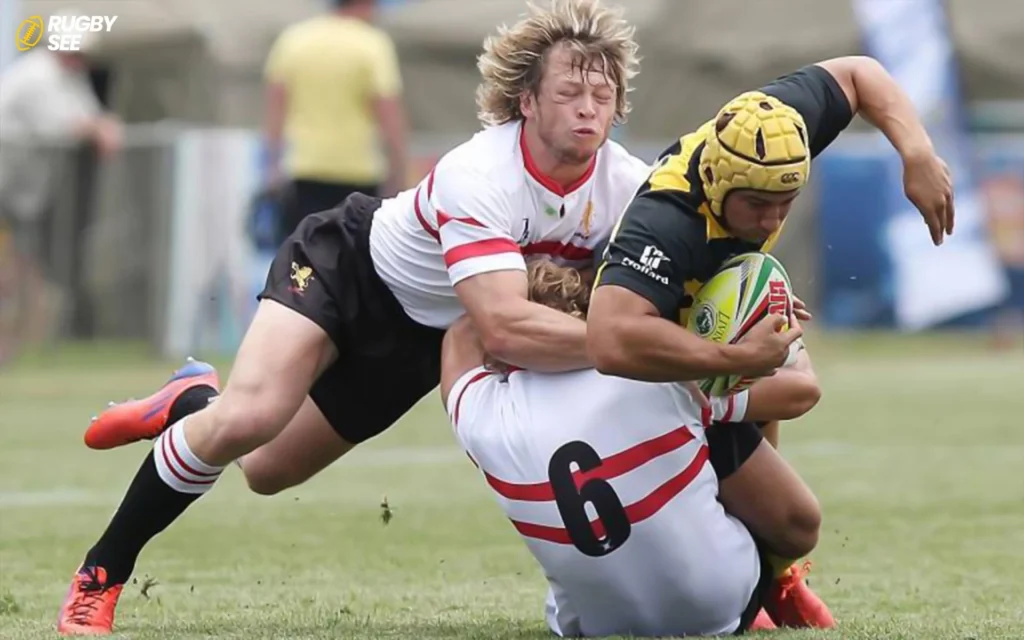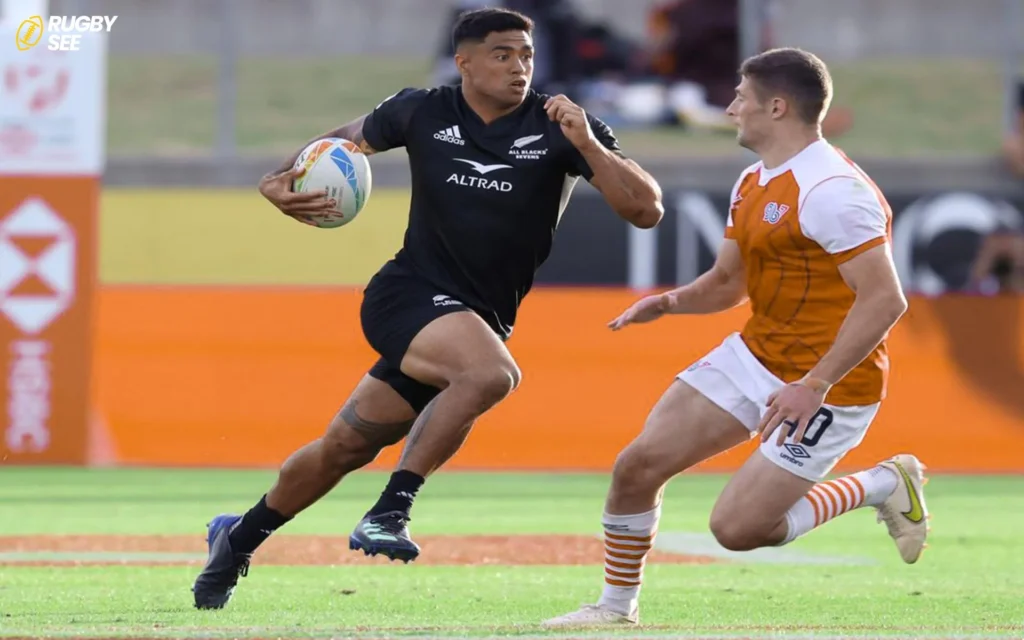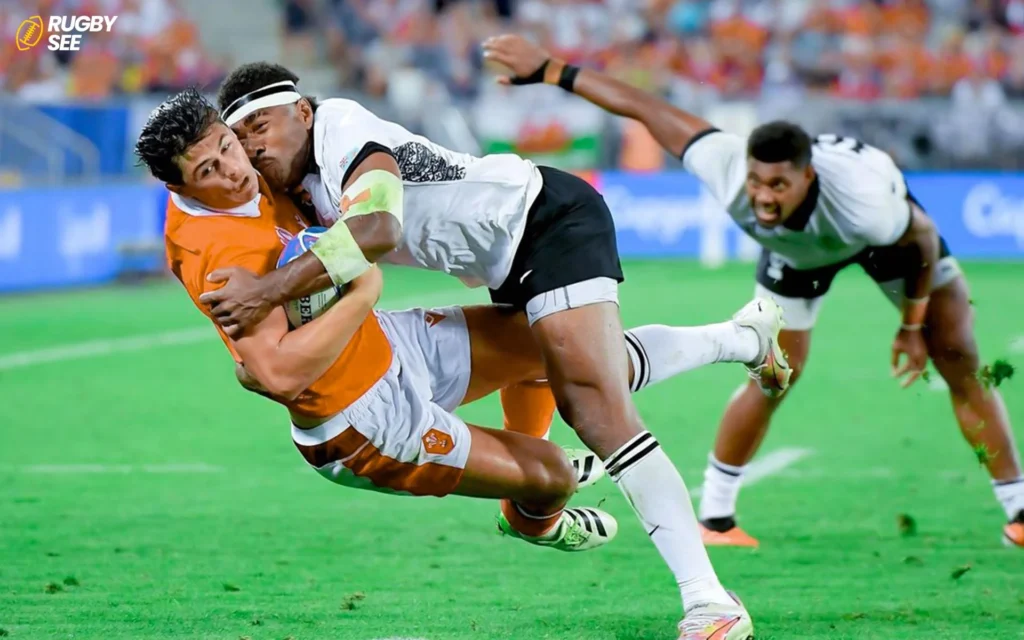Rugby, a sport known for its physical demands and strategic complexity, offers a variety of positions, each with unique responsibilities and challenges. For newcomers or those considering which position might be less daunting, the question often arises: What is the easiest position in rugby? While “easiest” can be subjective, based on physical demands, skill requirements, and tactical responsibilities, certain positions may be more accessible to beginners.
Understanding Rugby Positions
Before diving into which position might be considered the easiest, it’s crucial to understand the different roles within a rugby team. A rugby team is divided into two main groups: the forwards and the backs. The forwards are typically larger and stronger, involved mainly in possession and physical battles. The backs are generally quicker and more agile, focusing on breaking the defensive line and scoring.
Key Positions in Rugby
- Props and Hooker (Front Row): These players are part of the scrum, responsible for winning the ball and physical confrontations.
- Second Row (Locks): Tall and strong, these players are crucial in lineouts and scrums.
- Back Row (Flankers and Number 8): These players need to be versatile, combining strength with speed to carry the ball and make tackles.
- Scrum-Half: Acts as a link between the forwards and the backs; requires good decision-making skills.
- Fly-Half: Directs the team’s play; needs excellent tactical awareness and passing skills.
- Centres: Require speed and strength to break through defenses and defend against attacks.
- Wingers and Fullback: These positions require speed and agility to avoid tackles and score tries, with the fullback also needing good skills in catching high balls and tackling and if you want to know about haka in Rugby read Why is the haka allowed in rugby.
Considering the Easiest Position
The Case for Wing
When considering the easiest position, the wing might often be highlighted. Here’s why:
- Limited Physical Confrontation: Compared to forwards, wingers are less involved in the physical scrums and rucks. Their primary role is to wait for opportunities to use their speed and agility to score tries.
- Simpler Skills Requirement: While all positions require a basic level of rugby skills, wingers generally need good speed, the ability to catch passes, and the agility to dodge tackles. The technical skills related to scrums, lineouts, or tactical kicking are less emphasized.
- Defensive Responsibilities: Although wingers do need to tackle, the frequency and intensity of defensive duties are often less than those faced by forwards or centres.

Why It Might Not Be So Simple
However, labeling any position in rugby as “easy” does a disservice to the sport’s complexity and the dedication required to excel in any role. Each position has its challenges:
- Wingers must execute under high pressure, often being the last line of defense against opposing scores and needing to capitalize on fewer ball-handling opportunities to make impactful plays.
- Fullbacks require a broad skill set, including catching high balls, making last-man tackles, and initiating counter-attacks.
- Forwards endure the most physical play but are crucial in possession and territory gain.
The Best Position for Beginners
The “easiest” position might actually depend on what skills and physical attributes a beginner possesses. For those new to the sport:
- Wing might be suitable for individuals with a background in sprinting or sports requiring agility.
- Lock could be fitting for those who are taller and stronger, able to contribute in lineouts and scrums without the need for ball-handling finesse.
- Fullback might appeal to those who have good overall athletic skills but are new to rugby-specific techniques.
Training and Development
For beginners, choosing a position is just the start. Training and understanding the nuances of that role are crucial for success. Here are some tips for training based on the position:
For Wingers
- Speed and Agility Drills: Since speed is critical for a winger, sprinting drills and agility training should be a core part of their regimen. This includes short sprints, zig-zag runs, and practice in rapid direction changes.
- Ball Handling: Practice catching high balls and quick passes to ensure you can secure possession and initiate plays effectively.
- Positional Awareness: Understanding where to be on the field when the play is on the opposite side and learning how to time runs can maximize scoring opportunities.

For Fullbacks
- Comprehensive Skill Training: Fullbacks need to be well-rounded, so training should include a mix of speed, agility, and tactical awareness drills.
- High Ball Practice: Regularly practice catching high kicks, as fullbacks are often the last line of defense.
- Defensive Skills: Work on tackling and positioning to prevent breaks by the opposition.
For Locks
- Strength Training: Locks should focus on building strength to be effective in scrums and lineouts.
- Jumping Skills: Practice jumping to improve lineout performance, as locks are often primary targets in these scenarios.
- Endurance: Enhance your stamina since locks participate actively throughout the game, engaging in numerous physical confrontations.
Team Integration
Integrating into a team as a beginner involves more than understanding your role. It’s about communication, learning from more experienced teammates, and continuously improving through practice and feedback.
Communication Skills
- Learn the Calls: Rugby involves various calls and signals, especially in set pieces like scrums and lineouts. Understanding these can help you react faster and sync better with your team.
- On-Field Communication: Always communicate with your teammates during the game about your positioning, intended plays, or defensive setups.
Learning from Others
- Mentorship: Pair up with a more experienced player in your position. This mentorship can accelerate your learning curve as you gain insights that are not easily found in books or videos.
- Video Analysis: Watch games and focus on your position. See how professionals handle different situations, and apply these learnings to your game.
Continuous Improvement
- Feedback: Be open to feedback from coaches and peers. Constructive criticism is crucial for improvement.
- Self-Review: After games or training sessions, assess your performance. Identify areas for improvement and set specific goals.

The Bigger Picture
Understanding that no position in rugby is truly “easy” helps foster a deeper appreciation for the sport and all its complexities. Each position carries weight and contributes significantly to the team’s success. For beginners, finding a position where they feel confident and can contribute effectively is key to enjoying and succeeding in rugby and if you want to know about tall players positions in Rugby read best rugby position for tall players.
While the wing position might be considered the easiest due to its lesser physical demands and simpler skill requirements, rugby is a sport where every position has crucial importance and its own set of challenges. The best way for a newcomer to find the most suitable position is to try different roles and see which aligns best with their skills and interests. Ultimately, the “easiest” position will vary based on individual abilities and preferences.
By understanding the demands and skills required for each position, players can better appreciate the roles they and their teammates play, leading to a more fulfilling experience in the sport of rugby.










